I have installed a SSL certificate (comodo PositiveSSL) for my domain and forced NGINX to only use HTTPS.
I run the test on SSL analyzer https://sslanalyzer.comodoca.com/?url=domain.com
Validation Type Domain Validated (DV)
Trusted by Microsoft? Yes
Trusted by Mozilla? Yes
We have our mobile app for Android and IOS getting some data from our https://example.com/api webservices. So i have installed Packet Capture mobile app on my android to verify whether the data transferred between the webservice api and our mobile app is secured.
First i tried with enabling the following in Packet capture mobile app :-

I have contacted comodo ssl support, they said
that the certificate is installed well and its working fine. There is nothing wrong with the certificate and installation process and the web-site https://example.com/ is also completely secured with Green Pad lock on it.
I run the same test on instagram app, when open instagram , showing network error. Like instagram discovering by some way that i am trying to capture a network packets so their app network will be disabled.
 I want to do the same way of what instagram did .
I want to do the same way of what instagram did .
Please Advice.


